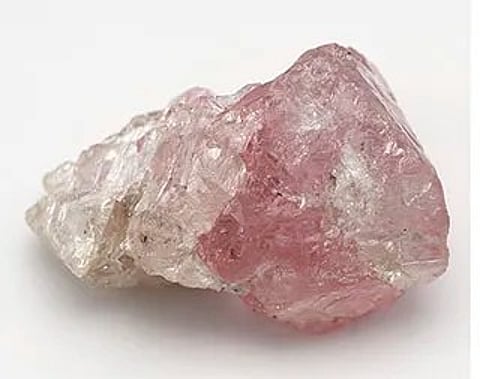

The extraordinary gem — half pink and half colourless — was recently examined by experts at a Gemological Institute of America (GIA)-managed laboratory in the country, who described its weight and clarity as “astounding.”
Measuring 24.3 x 16 x 14.5 millimetres, the diamond displays two sharply defined colour zones, a feature that suggests it formed in two distinct geological stages. According to GIA senior diamond specialist Sally Eaton-Magaña, the pink section likely began as colourless before undergoing “plastic deformation,” possibly triggered by mountain-forming events millions of years ago. The colourless half, she added, formed later under stable pressure and temperature conditions.
Pink diamonds are among the rarest natural gems, prized for their exceptional beauty and mysterious origins. Unlike coloured diamonds tinted by impurities or radiation, pink hues result from structural distortions in the crystal lattice — a delicate balance that, if pushed too far, produces brown instead of pink tones.
“This diamond is a geological marvel,” said Luc Doucet, senior research geologist at Curtin University. “It’s an incredible example of nature’s precision — a case of ‘Goldilocks’ conditions where deformation was just right to yield pink, not brown.”
The discovery was made at Botswana’s Karowe Mine, already famous for producing record-breaking finds such as the 2,488-carat “Motswedi” diamond and the 62-carat “Boitumelo” pink diamond. While smaller pink-and-colourless diamonds have been found before, none have matched this stone’s size or clarity.
Gemologists say the diamond offers new insights into how colour zoning develops in natural diamonds and could further illuminate the extreme geological processes that occur deep within the Earth’s mantle.
